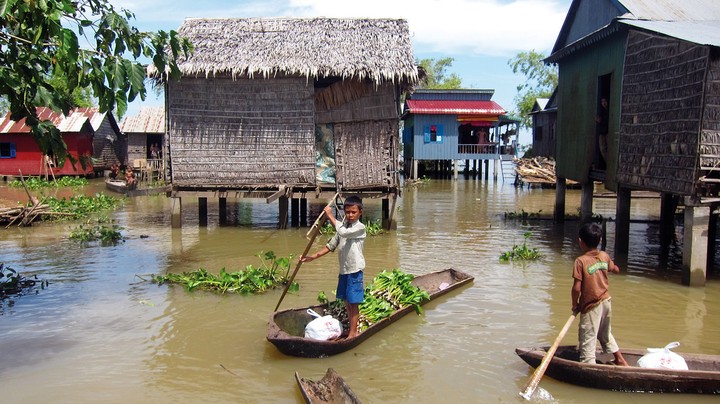
Abstract
Global cooperation on disaster risk reduction seems to have risen dramatically over the last twenty-five years. From the 1994 Yokohama Strategy and Plan of Action for a Safer World through the 2015 Sendai Framework for Disaster Risk Reduction, countries gradually made stronger pledges and policy changes aimed at substantially reducing disaster risk and losses. Alongside these global efforts, important regional frameworks have emerged aiming to increase national capacities through cooperation and coordination across geographic regions. What are we to make of these efforts at multinational and multi-actor governance? This article explores two key questions: Are we witnessing the inception of a global disaster risk reduction regime? To the extent that we can classify this as a regime, what are the implications for understanding global collective action around disaster risk reduction? The analysis here suggests that it may be too early to classify this as a regime, but aspects of cooperation are trending in that direction. The language of regimes provides a systematic and relatively comprehensive framework for thinking about inherent tensions around global disaster risk reduction.